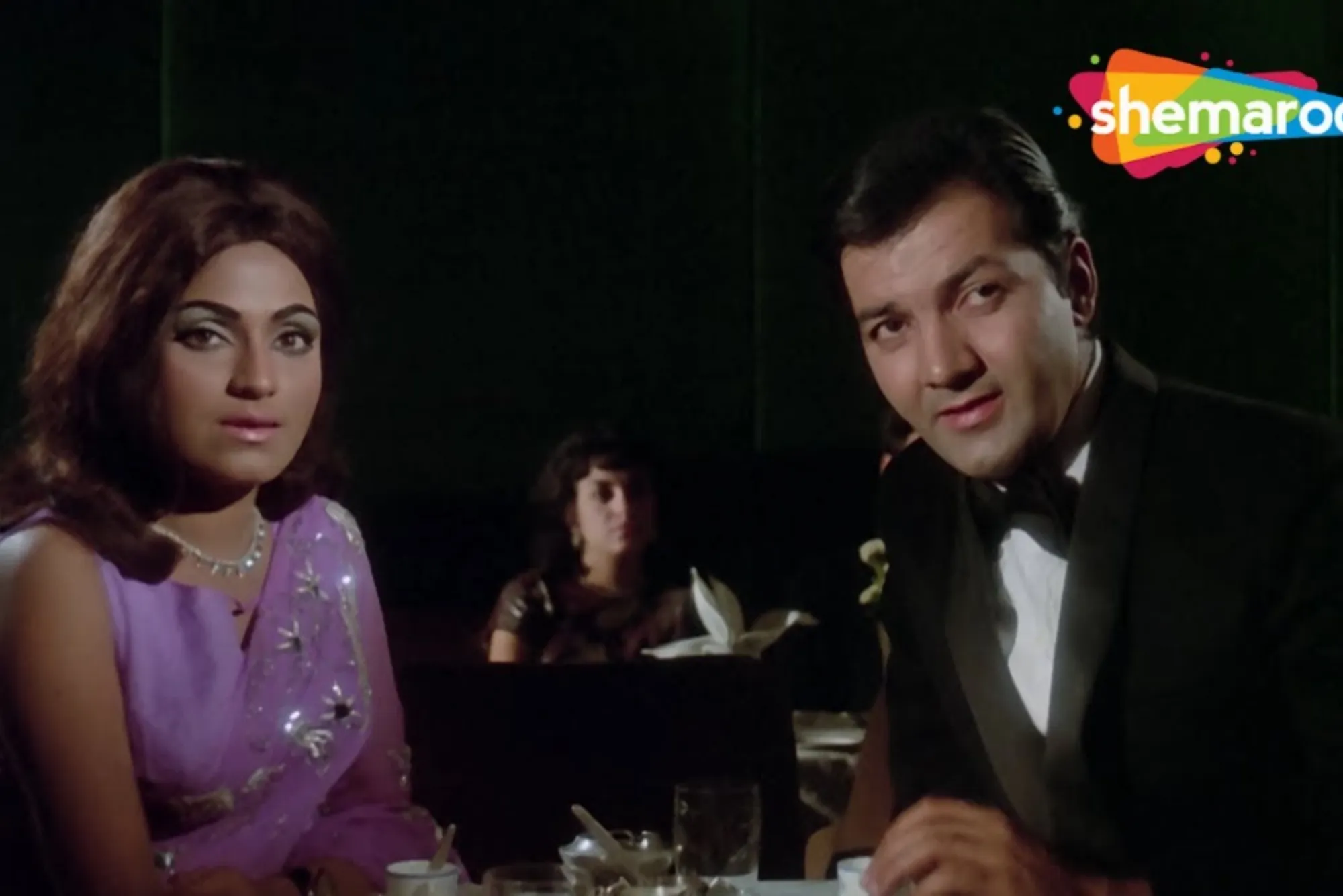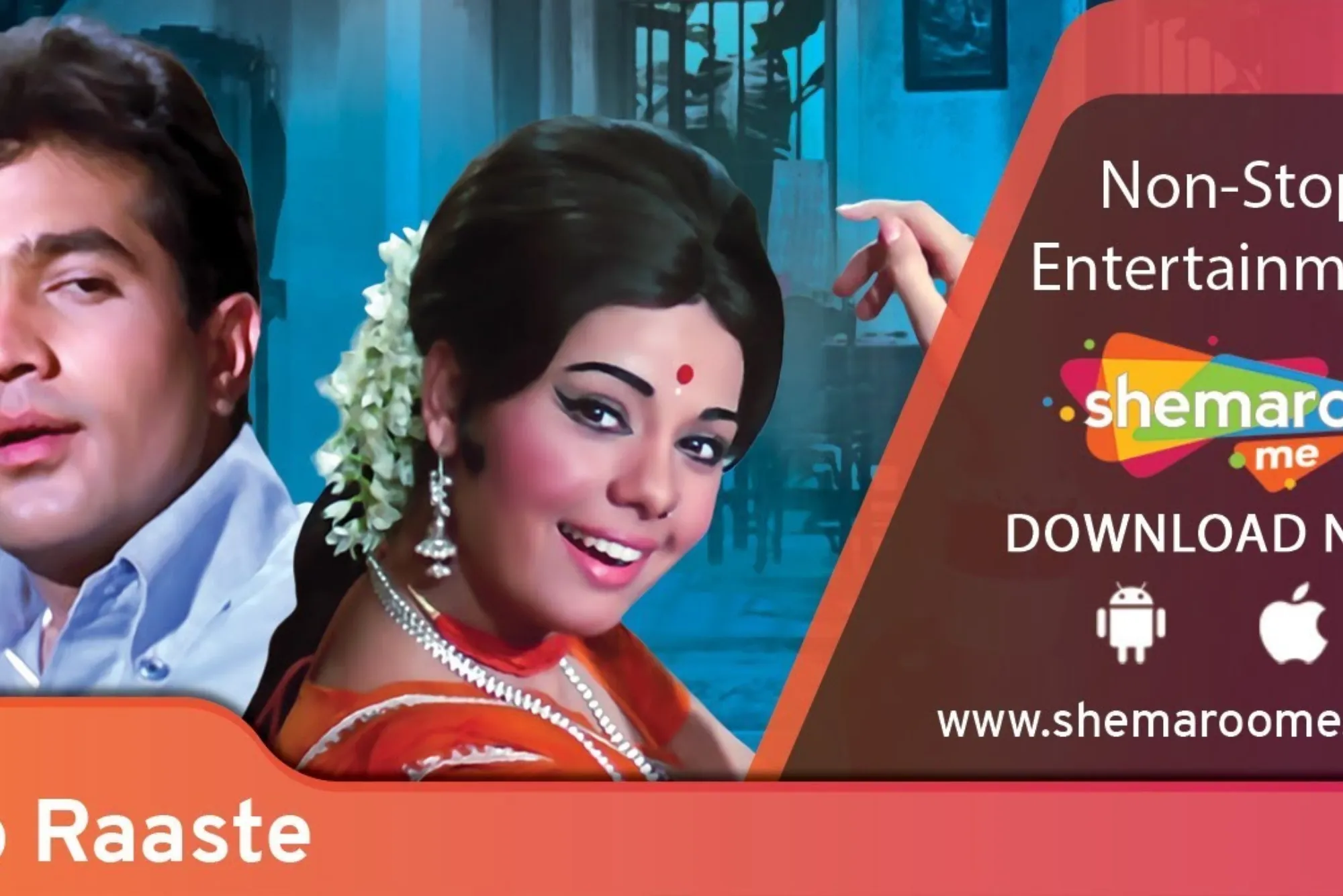Set against the backdrop of traditional Indian family values, “Do Raaste” narrates the story of Navendu Kumar (played by Rajesh Khanna), who sacrifices his own ambitions for the well-being of his family. The film beautifully portrays the conflicts and dilemmas faced by Navendu as he navigates through societal pressures and familial responsibilities.
Historical Context
Historical context refers to the conditions and circumstances that influenced an event, movement, or era. It encompasses the social, cultural, political, and economic environment of a specific time, offering a deeper understanding of why events unfolded the way they did. When studying history, considering the broader context allows us to interpret the motivations, beliefs, and decisions of individuals or groups more clearly. For instance, to understand the significance of the French Revolution, it’s crucial to consider the economic hardships, the influence of Enlightenment ideas, and the political tensions between the monarchy and the populace at the time.
Importance of Historical Context
The importance of historical context lies in its ability to provide clarity and depth to historical events. Without understanding the background, the causes and consequences of an event can seem disconnected or misunderstood. Cultural norms, political dynamics, economic conditions, and social structures of a specific period play a key role in shaping decisions and outcomes. Historical context helps reveal the complexities of historical events, making it possible to grasp why certain actions were taken and how they impacted the future. For example, the Industrial Revolution cannot be fully understood without recognizing the technological advancements and economic pressures of the era.
Examples and Analysis
Take the American Civil War, for instance. The conflict over slavery wasn’t just a moral question; it was deeply rooted in the economic and political framework of the time. Southern states depended on slavery as part of their agrarian economy, while Northern states were more industrialized and economically independent from it. Similarly, the rise of the women’s suffrage movement in the early 20th century cannot be separated from the broader context of social change, such as the growing influence of the progressive movement and the changing roles of women in society.
In analyzing historical context, it’s essential to explore the prevailing attitudes, laws, and events that shaped society at the time. Understanding historical figures’ actions or the broader social changes often requires recognizing the environment they operated within, which includes how culture, politics, and economics intertwined to influence their decisions. The collapse of empires, the rise of movements, or the spread of ideologies all need to be seen within their historical context to be fully comprehended.
In sum, historical context provides a framework to interpret and understand history in a meaningful way. By considering the background of events, one can appreciate the complexities of human behavior and societal shifts, leading to a fuller understanding of how history unfolded.
In the vibrant era of the 1960s and 70s, Bollywood underwent a significant transformation, embracing a wide range of themes and narratives. “Do Raaste” emerged as a quintessential representation of this era, reflecting the societal norms and cultural ethos prevalent during that time.
Critical Reception

Upon its release, “Do Raaste” received widespread acclaim from both critics and audiences alike. Its engaging storyline, stellar performances, and memorable music captivated viewers across the nation, solidifying its status as a classic Vega movie.
Music and Songs
The music of “Do Raaste” continues to enchant listeners even decades after its release. Composed by Laxmikant-Pyarelal, the soundtrack features timeless melodies such as “Bindiya Chamkegi” and “Mere Naseeb Mein.” These songs not only complement the narrative but also serve as iconic landmarks in the history of Hindi film music.
“Do Raaste,” a Vega movie released in 1969, stands as a cornerstone of Hindi cinema’s golden era. Directed by Raj Khosla, the film not only entertained audiences but also left a profound impact on Indian cinema, showcasing the epitome of family-centric narratives and timeless values.
Filmmaking Techniques
Raj Khosla’s direction and the cinematography of “Do Raaste” seamlessly capture the essence of Indian familial bonds and emotions. The film’s portrayal of relationships, coupled with poignant performances by the cast, elevates it to a cinematic masterpiece.
Impact on Indian Society

“Do Raaste” struck a chord with audiences by portraying the importance of familial values and sacrifices. Its portrayal of love, loyalty, and integrity continues to resonate with viewers, transcending barriers of time and culture.
Legacy and Influence
Decades after its release, “Do Raaste” remains an integral part of Indian cinematic history. Its enduring popularity and influence have inspired generations of filmmakers, reinforcing its status as a timeless classic.
“Do Raaste” – A Testament to Bollywood’s Rich Cinematic Heritage
“Do Raaste” exemplifies the essence of Hindi cinema’s golden era, with its timeless narrative, memorable music, and stellar performances. As we revisit this classic Vega movie, we are reminded of its enduring legacy and its significance in shaping the cultural fabric of Indian society. Just as “Do Raaste” continues to stand the test of time, certain questions, like whether can shampoo expire can expire, persist in our minds, highlighting the timeless curiosity that drives us to explore both the classics of cinema and the everyday wonders of life.





